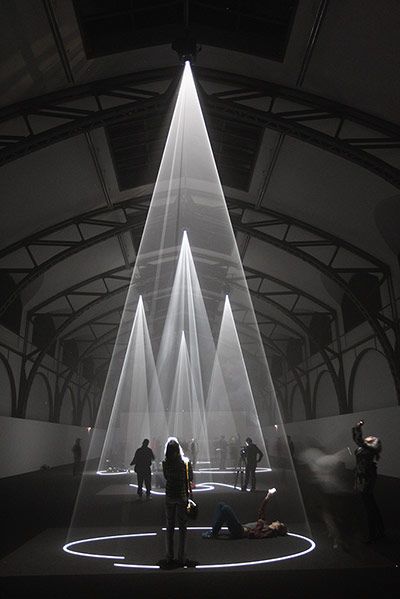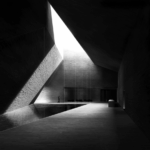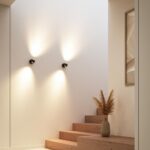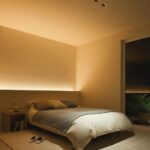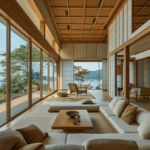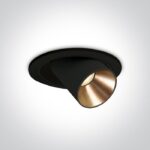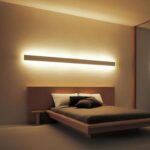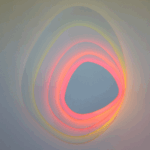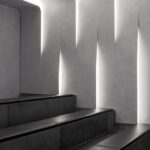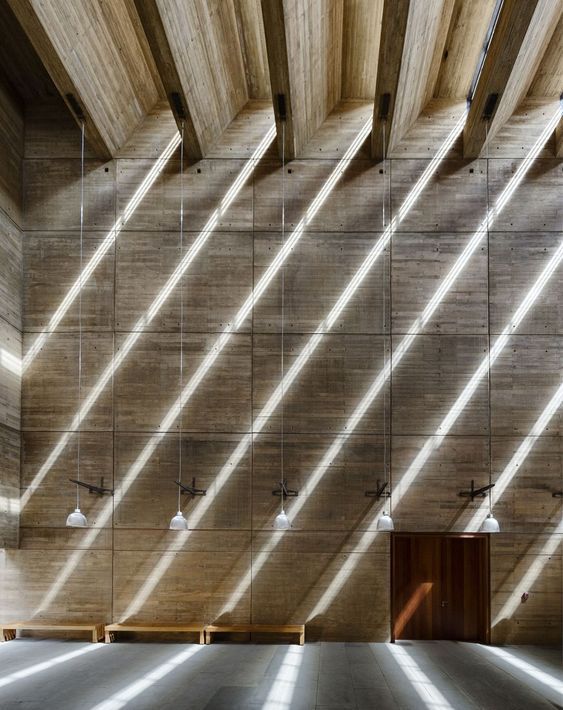
Light design is a crucial aspect of interior design, architecture, and even performance spaces. It involves the use of lighting fixtures to enhance the aesthetic appeal of a space, create specific atmospheres, and improve functionality. Proper lighting design can completely transform a room, making it feel more spacious, cozy, or focused. There are various elements to consider when designing lighting, including the type and placement of lighting fixtures, color temperature, intensity, and directionality of light. Lighting design can also have a significant impact on energy efficiency, as the use of LED or energy-efficient light sources can reduce electricity consumption. Additionally, lighting design can greatly affect the mood and productivity of individuals, making it a key consideration in both residential and commercial settings. Proper lighting design can highlight architectural features, artwork, or decorations, creating a visually appealing and harmonious space. Overall, light design plays a vital role in shaping the ambiance and functionality of any space and should be carefully considered in any design project.
Light design plays a crucial role in creating the ambiance and atmosphere of a space. Whether it’s in a residential setting or a commercial environment, the right lighting can enhance the aesthetics and functionality of a room. From the brightness and color temperature to the placement and type of fixtures, every aspect of light design must be carefully considered to achieve the desired effect.
One of the key principles of light design is layering. By incorporating different types of lighting sources, such as ambient, task, and accent lighting, designers can create a dynamic and versatile lighting scheme that caters to various needs and activities within a space. For example, ambient lighting provides overall illumination to create a comfortable and inviting atmosphere, while task lighting is focused on specific areas for activities such as reading or cooking. Accent lighting, on the other hand, is used to highlight features or create visual interest.
In addition to function, light design also plays a significant role in setting the mood and ambiance of a space. The color temperature of light, measured in Kelvin, can have a profound impact on the look and feel of a room. Warm light with a lower color temperature (around 2700K to 3000K) tends to create a cozy and intimate atmosphere, while cooler light with a higher color temperature (around 4000K to 5000K) can evoke a more modern and energizing vibe. By carefully selecting the color temperature and intensity of light fixtures, designers can effectively enhance the overall aesthetic of a space and create a sensory experience for its occupants.
 Decor ideas Style Starts Here
Decor ideas Style Starts Here
